Going the self-tanner route no longer means risking looking like a burned turkey. In fact, self-tanners are so great these days there’s really no reason to splurge on spray tans (though they do come in handy for occasions when every square inch of skin needs to be perfectly tan). Today’s home-tanning products are natural, fast-acting and don’t smell too bad (some might even say they smell good).
Creating a natural, at-home tan does, however, require not only opting for the right product but also putting in some prep work, according to experts.
“Make sure your skin is exfoliated and moisturize all dry areas (think: elbows, knees, hands, wrists, feet and back of the heels),” says St. Tropez’s skin-finishing expert Sophie Evans. She also notes that it’s important to never over-apply a self-tan — don’t keep putting layers and layers of self-tan on top of the old tan. “I swear by Tan Remover; I use it every two weeks to detox my skin from old self-tan applications and to prepare my skin for the best, deepest, hydrating and longest-lasting tan application,” says Evans.
As for the scent, Evans explains that DHA (the active self-tanning agent) smells very unpleasant. Unfortunately, when other scents are added to cover up that scent the overall scent can take a turn for the worse. “St. Tropez Tan is the first company to use a special fragrance technology that works in synergy with the DHA smell,” says Evans. While it’s true that St. Tropez does smell better than some competitors on the market, the scent does remain an acquired taste … at least according to this writer.
When it comes to scrutinizing the ingredients of a self-tanner, there are a few things to know. “SPF and self-tanning agents are not the best mix,” says Evans. “When you apply a self-tanner that contains SPF, you still have to reapply SPF every few hours for protection from the sun, but high SPF levels can strip self-tanners when applied onto developed self-tanned skin because of high chemical levels found in some brands.”
Evans also notes that oils and self-tanners typically don’t mix well. “Applying oils on top of a self-tanners can cut down the life of your glow because oils speed up skin rejuvenation. If you’re using products with a lot of oil, SPF or alongside products that contain glycolic acid, you will need to re-apply your self-tanner more often,” she says.
Now that you’re prepped on the ins and outs of self-tanners, check out the slideshow above to see some of the cutting-edge options ruling the market, including those that work in as little as one minute and—gasp—go on clear.
[ Next: A Celebrity Esthetician Guide to Your Best Summer Skin Yet ]
These Self-Tanners Are So Good They'll Make You Forget It's Winter
-
Dr. Dennis Gross Skincare
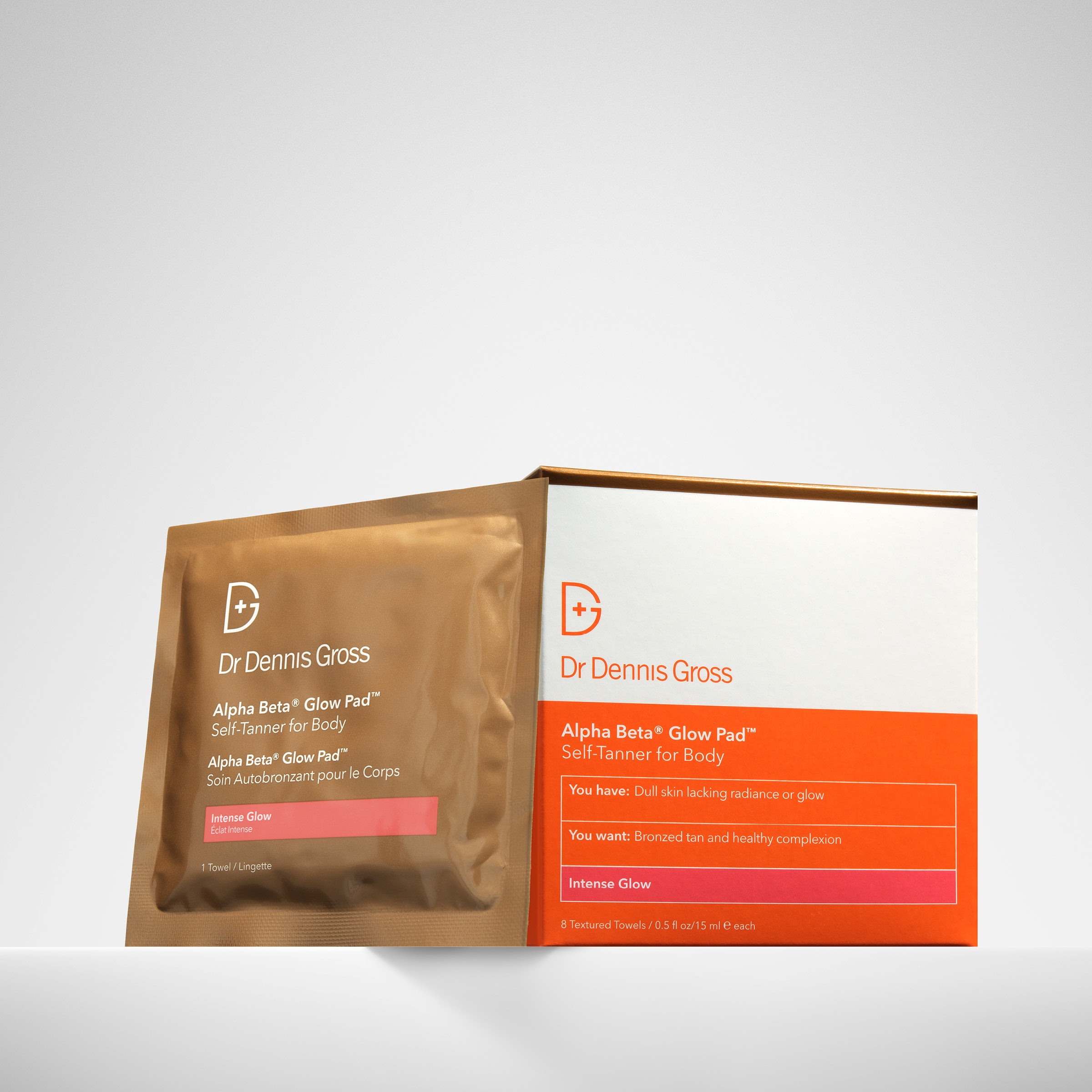
Alpha Beta Intense Glow Pad Self-Tanner for Face, $38 at Sephora
Dr. Dennis Gross' signature pads get the tanning treatment — meaning you'll not only get a boost of color, but also added glow from exfoliation. They have intense and gradual versions for the face or body.
-
Supergoop!
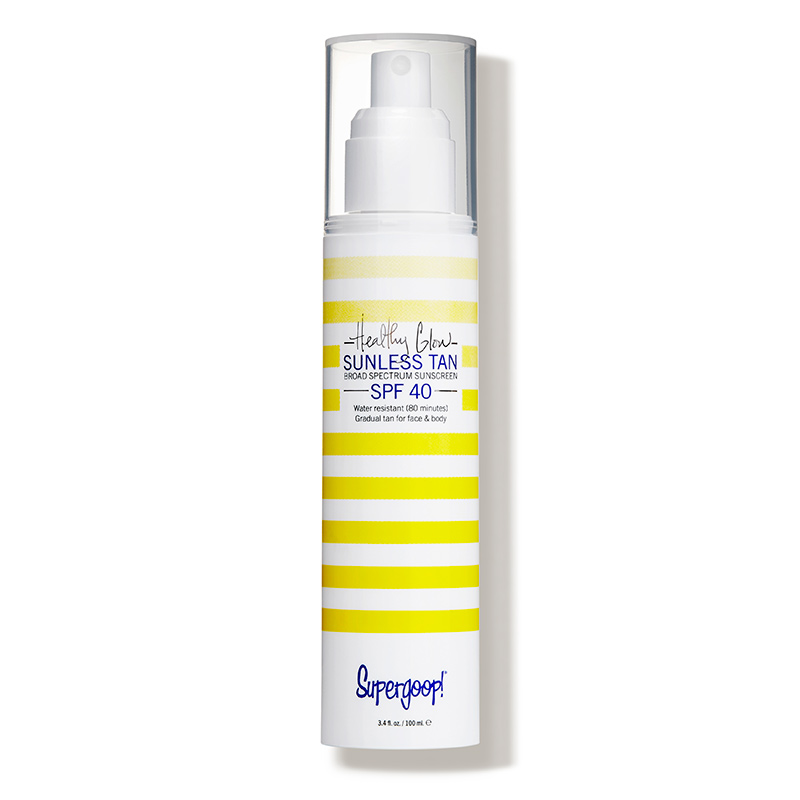
Healthy Glow Sunless Tan Broad Spectrum Sunscreen SPF 40, $38 at Sephora
As Sophie Evans mentions, SPF and tanning don't usually go hand in hand, but this formulation works because it's not loaded with a ton of chemicals and is designed to be buildable.
-
St.Tropez
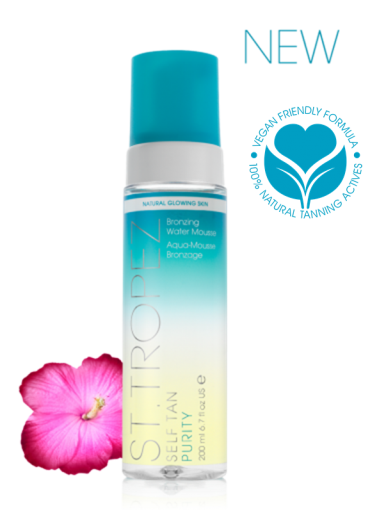
Self Tan Purity Bronzing Water Mousse, $42 at St.Tropez
This product is amazing when you're in a time crunch or if you're worried about color transfer. It not only applies clear; you also don't need to shower it off! While there is a scent, it's very light. You have to be more mindful when applying it or some areas will be darker than others, but the color will develop into a natural glow in four to eight hours.
-
HauteBronze
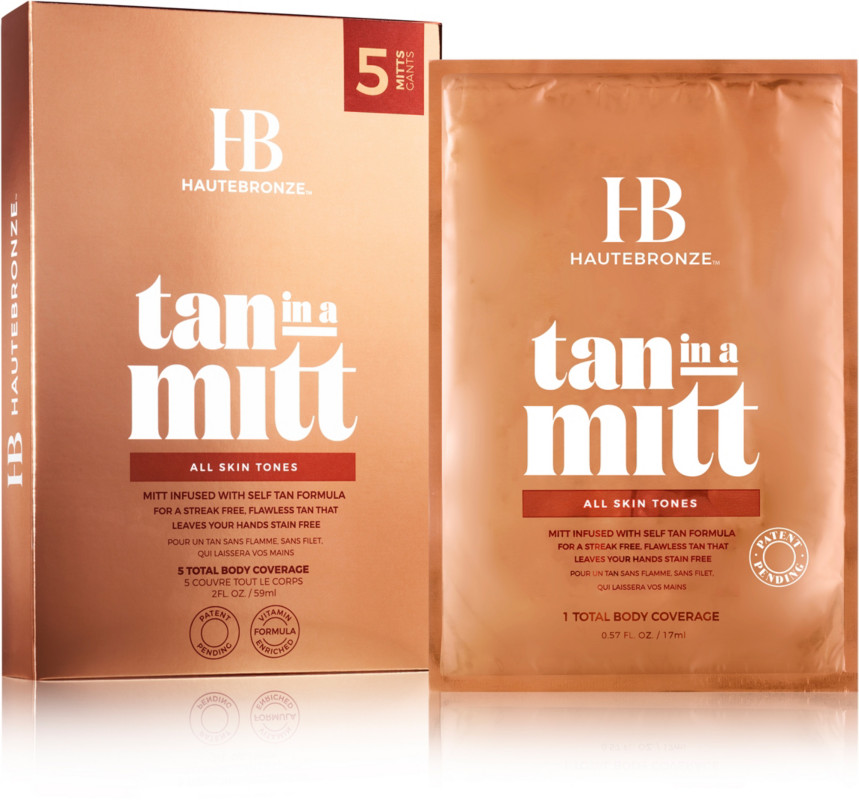
Tan in a Mitt Infused Self Tan Mitt, $45 at Ulta Beauty
Just as it sounds, this mitt is infused with self-tanning formula. Considering how easy the preloaded mitt makes self-tanning, it's hard to believe it took so long for someone to think of this.
-
Tan Towel
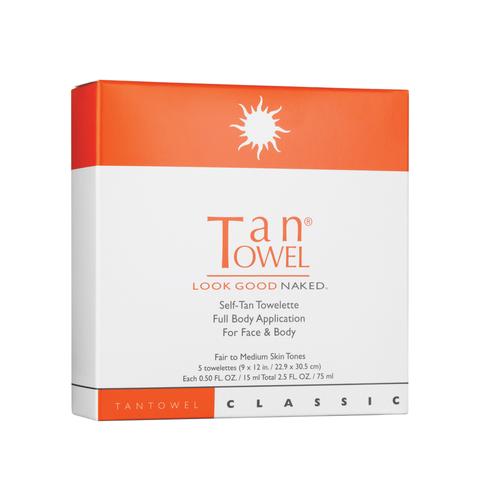
Self-Tan Towelette Full Body Application For Face & Body, $29 at Ulta Beauty
Tan Towel was conceived by the founder of HauteBronze, so it's fittingly a similar concept. The self-tanning towelettes are great for travel and a good alternative for those who don't want to use a mitt.
-
Clarins
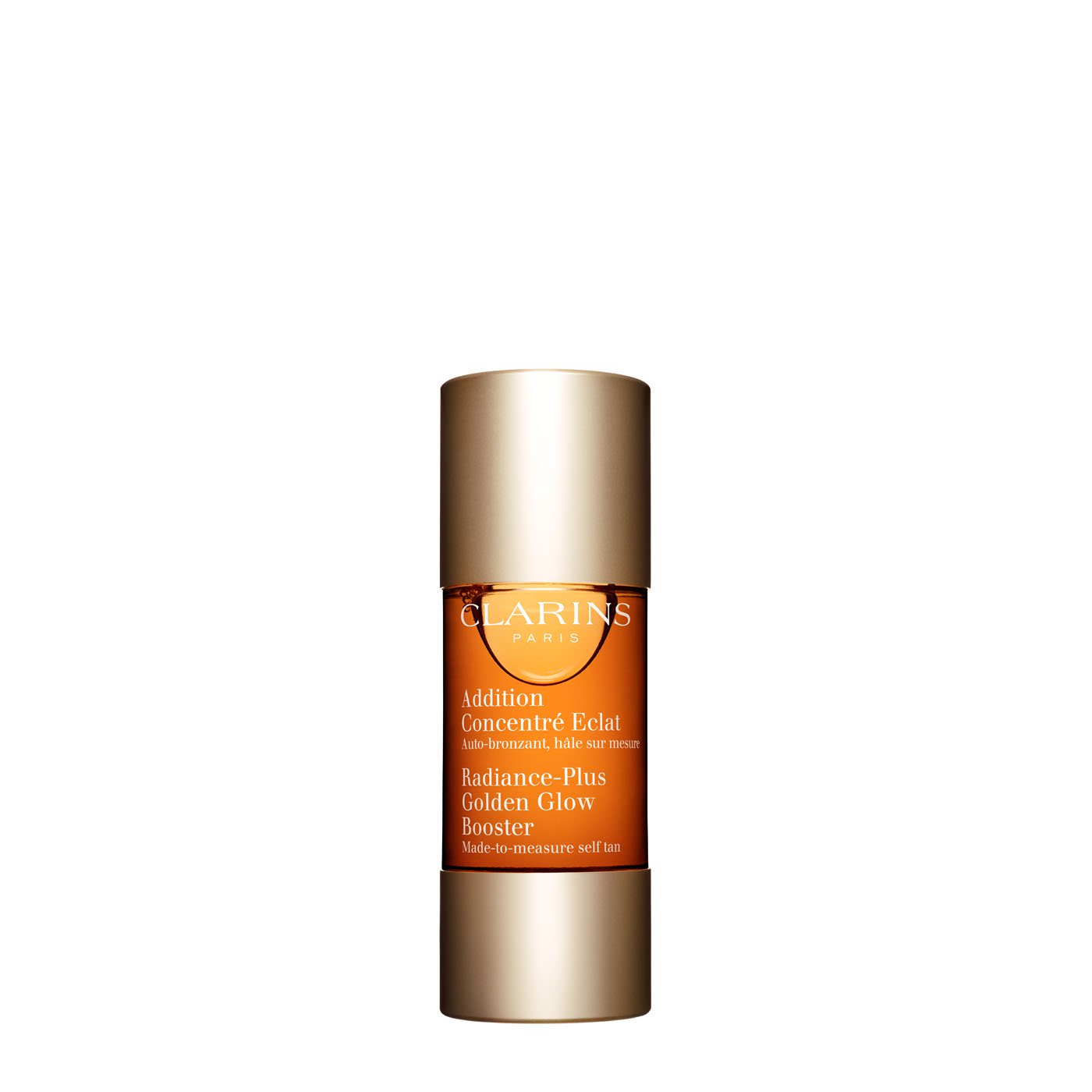
Radiance-Plus Golden Glow Booster, $32 at Sephora
Just blend a few drops of this booster into your moisturizer for an instant glow.
-
St.Tropez
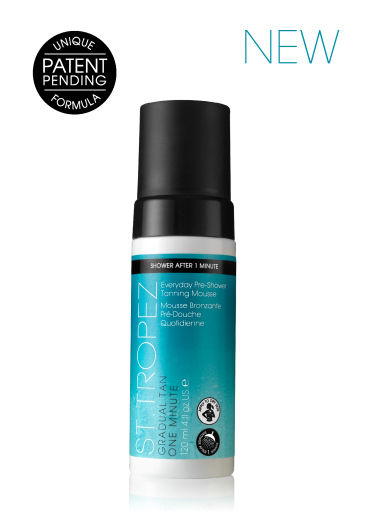
Gradual Tan 1 Minute Everyday Pre-Shower Tanning Mousse, $20 at St.Tropez
This one couldn't be easier. Just wait one minute after application, then rinse. The glow develops after about four to eight hours. Note: You must shower quickly after application because the product contains a high amount of tanning agent. If not rinsed off within 20 minutes, the tan will deepen to a shade that looks less natural.
-
Clinique
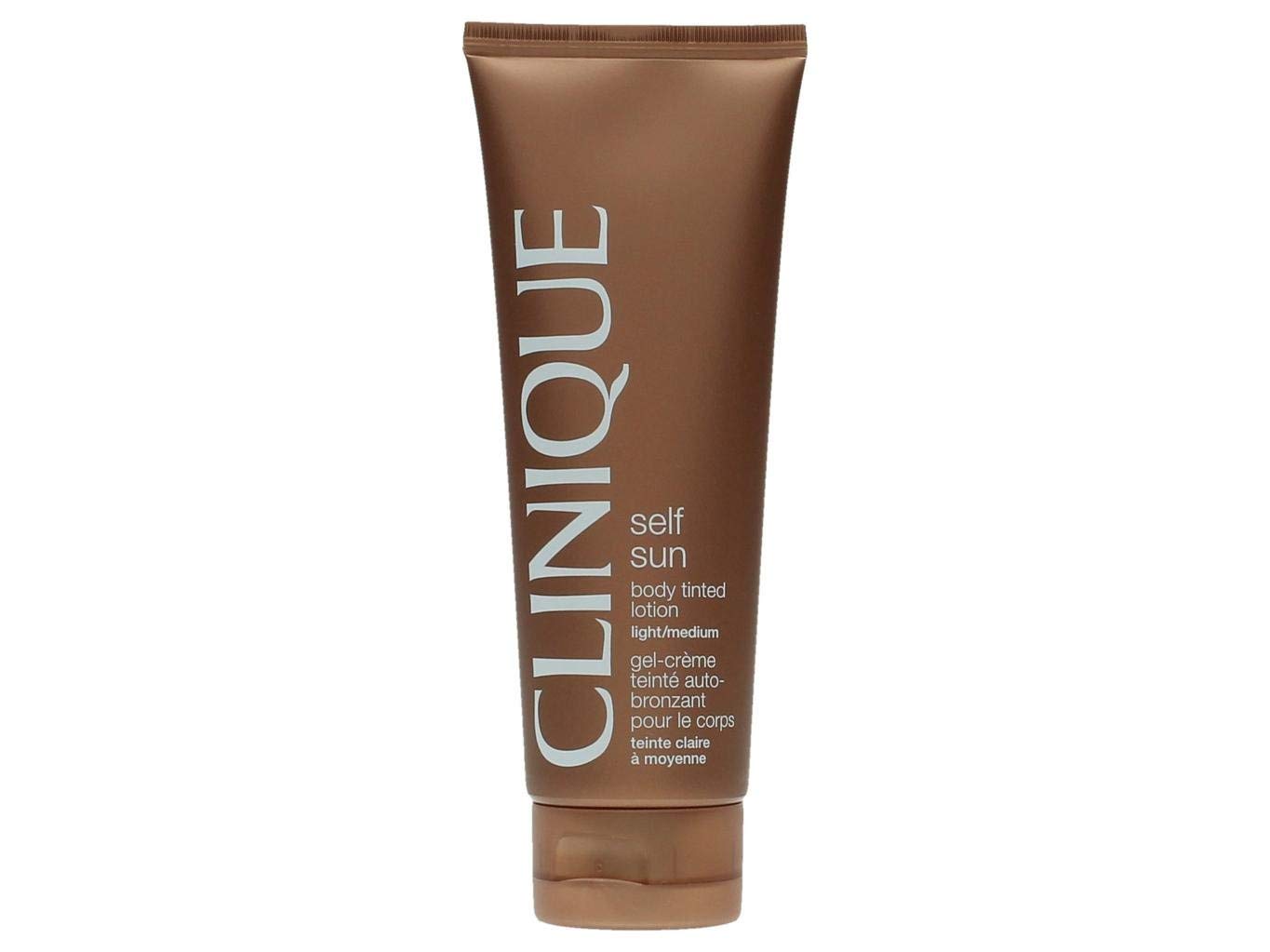
Self Sun Body Tinted Lotion, $28.50 at Sephora
This is an ideal product for acne-prone skin. It's totally oil-free, so you can use it safely from head to toe.
-
Isle of Paradise
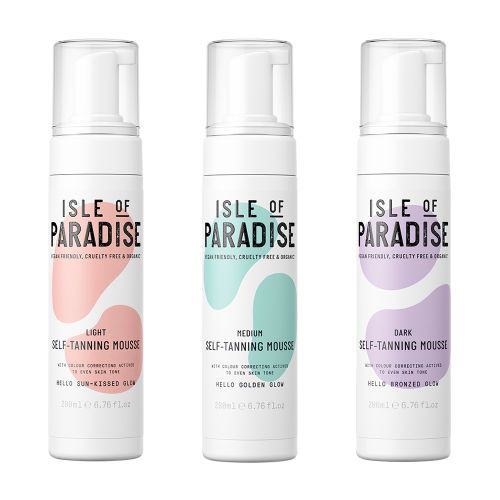
Self-Tanning Mousse, $29 at Sephora
It's not easy to find a clean self-tanner, which is why Isle of Paradise has been generating a ton of buzz with this line of self-tanning mousses that use organic tanning agents.
-
ModelCo
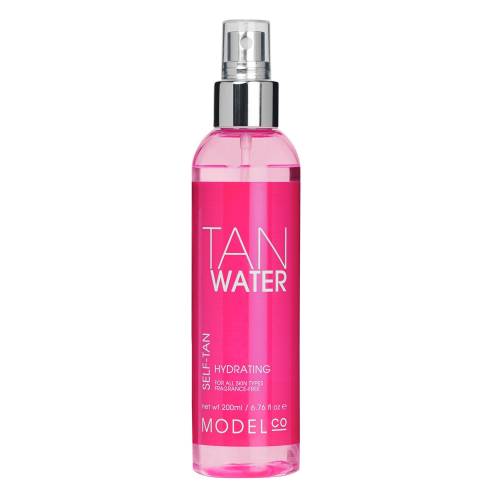
Tan Water, $25 at ModelCo
This is the product to use between self-tanning sessions. Just spritz it where the tan is stating to fade.
-
Vita Liberata
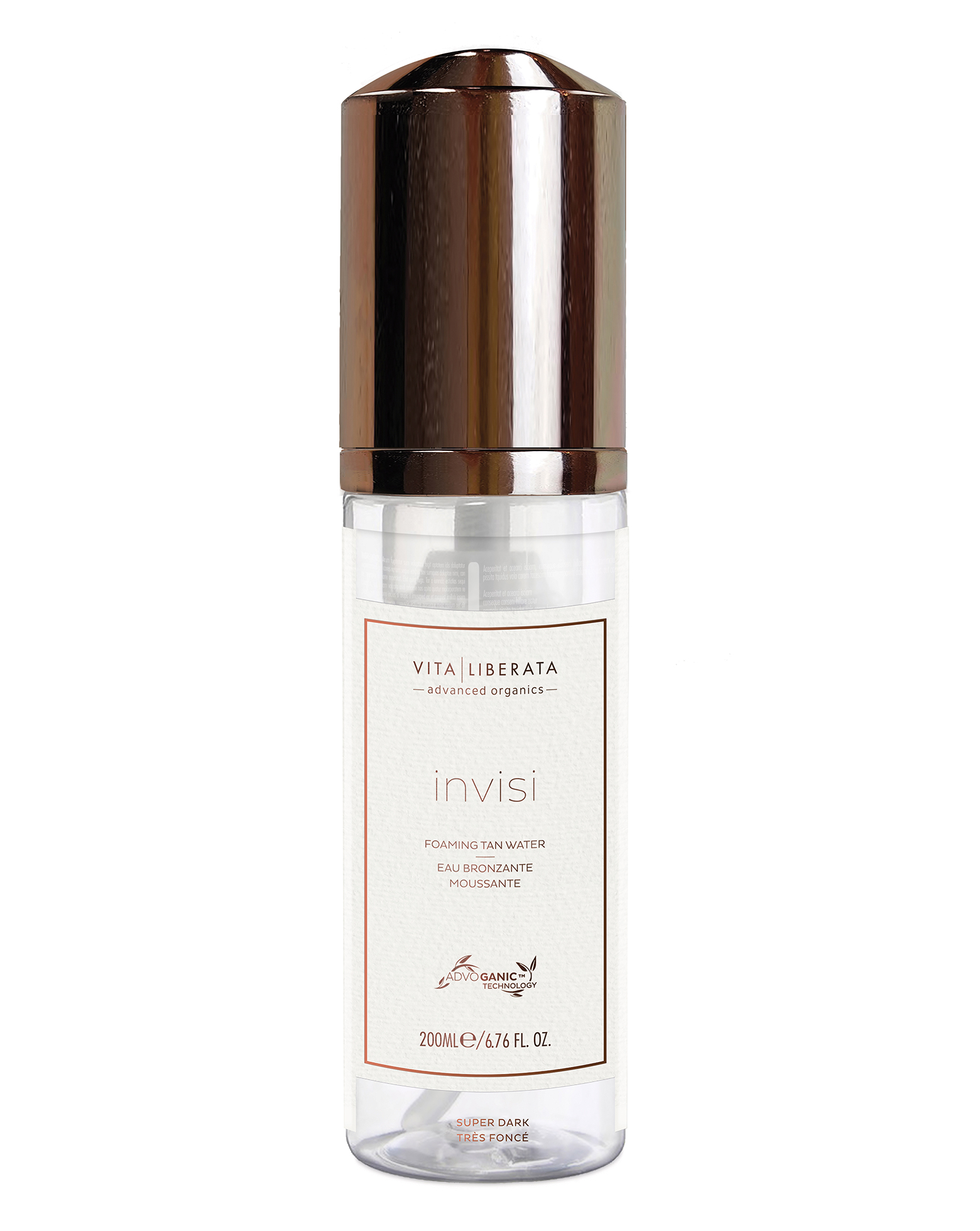
Invisi Foaming Tan Water, $39 at Ulta Beauty
One of the annoyances of self-tanner is color transfer. But that's no longer a worry with this invisible tan that develops in four to eight hours.
-
Bondi Sands
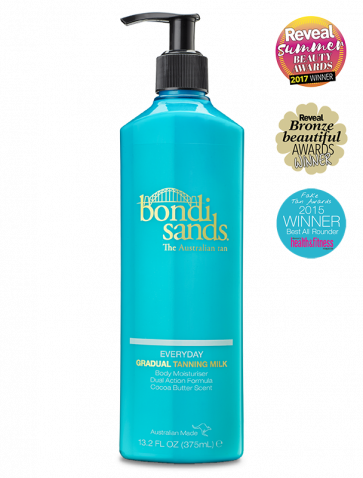
Everyday Gradual Tanning Milk, $19 at Bondi Sands
This fuss-free (read: forgiving of mistakes) option is for those looking to apply a bit of color daily.
-
St.Tropez
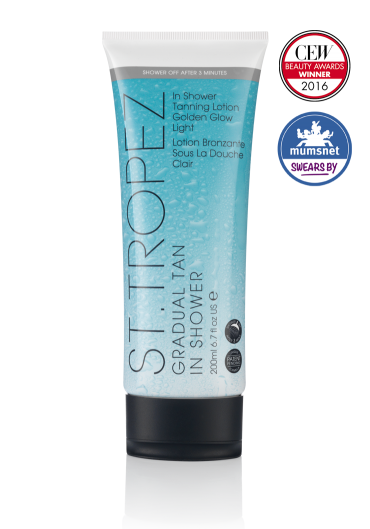
Gradual Tan In Shower Lotion, $25 at St.Tropez
This subtle formula is applied in the shower for a zero-mess tan. It works quickly, so wash it off within 20 minutes.








